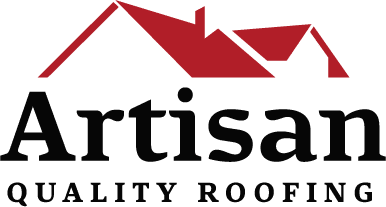The Solar roof is becoming increasingly popular as more homeowners look to harness the power of the sun.
They offer an eco-friendly energy choice and can also help lower electricity costs.
If you’re considering making the switch to solar energy, understanding the installation process is crucial. This guide will walk you through the steps involved in solar roof installation, demystifying the process from start to finish.
Understanding Solar Roof Installation
Solar roof installation involves more than just placing panels on your roof.
It’s an entire process that needs careful planning and carrying out to make sure it’s as efficient and safe as possible.
Here’s how it typically unfolds:
Step 1: Site Assessment and Design
Before any installation can begin, a thorough site assessment is necessary. A professional solar installer will visit your home to evaluate your roof’s condition, orientation, and shading. They will also assess your energy needs based on your electricity consumption patterns.
The information gathered during this assessment is used to design a custom solar power system tailored to your home.
The design will consider how many solar panels are needed. It will also look at where to place them for the best sunlight. Lastly, it will check if any structural changes are necessary.
Step 2: Obtaining Permits and Approvals
Once the design is finalized, the next step is to obtain the necessary permits and approvals. Solar installations are subject to local regulations and building codes, which vary by region. Your installer will handle this process, ensuring that all paperwork is filed correctly and on time.
This step is crucial, as failure to secure the necessary permits can result in delays or even fines.
Step 3: Ordering and Acquiring Materials for Your Solar Roof
With permits in hand, the installer will order the solar panels and other components needed for your system. This includes inverters, mounting hardware, and wiring. The quality and efficiency of these materials can greatly affect how well your solar roof works. So, it is important to choose trusted brands and products.
Step 4: Roof Preparation
Before the solar panels can be installed, your roof must be prepared.
This includes fixing or strengthening the roof structure to handle the extra weight of the panels.
Proper preparation ensures the longevity and safety of both your roof and the solar installation.
Step 5: Installing the Solar Panels
The actual installation of the solar panels is a multi-step process:
- Mount Installation: First, mounting systems are installed on your roof. These give a secure base for the solar panels.
- Panel Attachment: Once the mounts are in place, the solar panels are attached. They are positioned at an angle to capture the highest amount of sunlight.
- Wiring: The panels are then wired together and connected to an inverter. This device converts the solar energy generated by the panels into usable electricity for your home.
Step 6: Connecting to the Power Grid
After the panels are installed, your solar power system needs to be connected to the local power grid. This step is essential for net metering, which enables you to sell excess electricity back to the utility company.
Your installer will work with the utility company to make sure the connection is smooth.
Step 7: System Testing and Inspection
Before your solar roof can go live, it must undergo testing and inspection. This ensures that everything is working correctly and that the installation complies with all safety standards and regulations. Once it passes inspection, it’s ready to be activated.
Step 8: Monitoring and Maintenance
Solar roofs still need to be regularly checked and maintained after they’re installed to keep them working well.
A lot of systems include monitoring software that helps you keep an eye on energy output and identify any problems.
Routine maintenance, such as cleaning the panels and checking the wiring, can help extend the life of your system.
Benefits of Professional Solar Roof Installation
Opting for a professional solar roof installation offers several advantages. Trained installers have the expertise to design and implement a system that maximizes energy efficiency. They also ensure that all components are installed safely and in compliance with local regulations.
Additionally, professional installation often comes with warranties that cover both the equipment and the workmanship. This provides peace of mind, knowing that any potential issues will be addressed promptly.
Conclusion
Putting in a solar roof is a smart choice for homeowners. It helps lower their carbon footprint and saves on energy costs. By understanding the installation process, you can make informed decisions and guarantee a smooth transition to solar power. With the right planning and professional assistance, harnessing the sun’s energy is both feasible and rewarding.
By following these steps, you can enjoy solar energy for many years. This helps create a more sustainable future. Whether you’re driven by environmental concerns, financial savings, or both, a solar roof is a wise choice for any homeowner. And if you’re looking for an asphalt roof installation, Artisan Quality Roofing the the roofer to call! 919-906-3791




